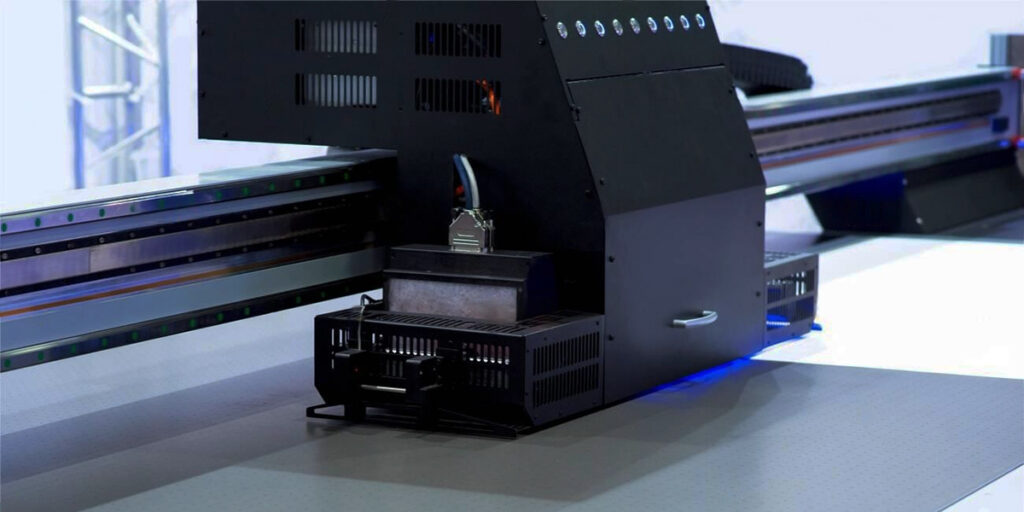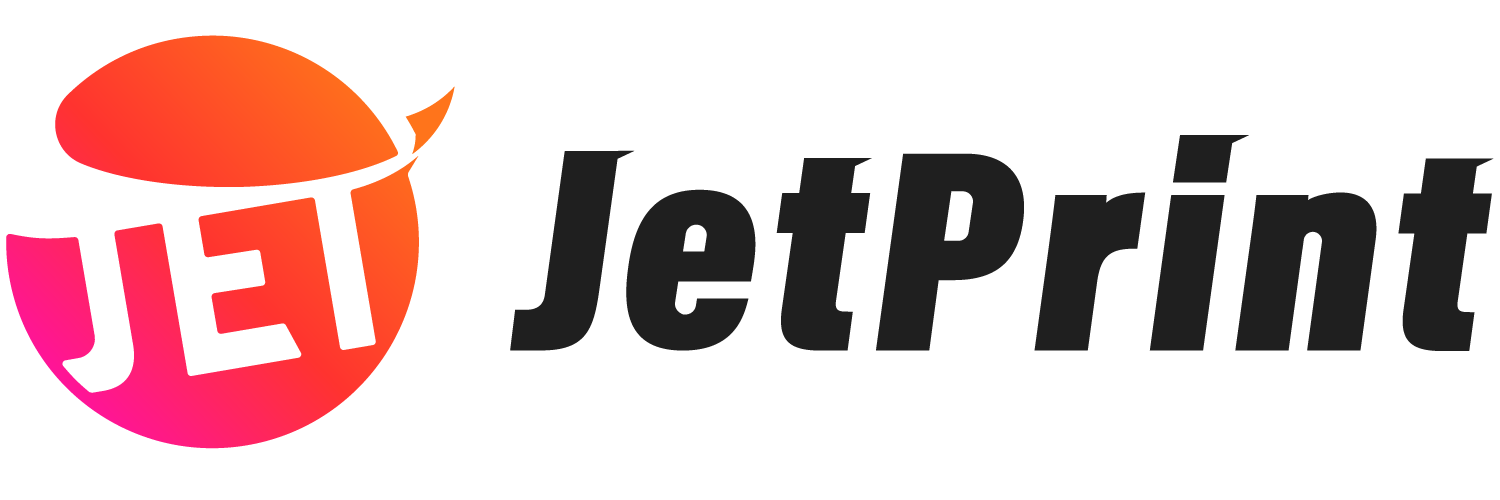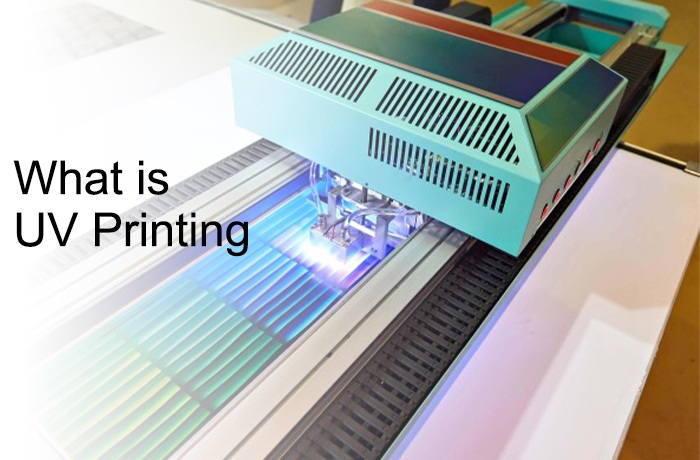What is UV printing
UV printing is short for ultraviolet printing, an advanced digital printing technology that utilizes ultraviolet rays to rapidly cure or dry ink. Unlike conventional printing methods that rely on air-drying, UV printing exposes the printed surface to ultraviolet light, ensuring quick curing and settling of inks, leading to vibrant and long-lasting prints on various surfaces. The key lies in the use of ultraviolet light, which initiates a photomechanical reaction in the ink, transforming it from liquid to solid nearly instantaneously.

How does UV printing work
Ink preparation: UV inks are specifically designed for this printing method. They contain a photoinitiator that remains in a liquid state until exposed to UV light, triggering a chemical reaction that cures the ink. Different types of machines require different inks to be selected. UV inks are categorized into pigment and dye types, as well as solvent, oil, and water types.
Printing: The printer’s printhead deposits UV ink onto the material’s surface. Right after the ink is applied to the substrate, it passes through a UV light source that emits high-intensity UV rays.
Ink curing: When UV light interacts with the photoinitiators in the ink, it starts the polymerization process. This allows the ink to instantly cure and adhere to the substrate. Since the ink dries almost instantly, it doesn’t evaporate, preventing spreading on the printed material.
Pros and cons of UV printing
Pros of UV printing
Excellent print quality
UV printing offers exceptional print quality, with extremely sharp images and vibrant colors, making it perfect for high-resolution graphics and intricate designs. The cured ink remains on the surface without being absorbed, resulting in more precise details and enhanced color accuracy.
Time saving
Unlike conventional printing, which requires drying time, UV printing utilizes an instant curing process that eliminates the need for extended drying times. This leads to faster production and greater efficiency.
Durability
One of the key benefits of UV prints is their durability. They are scratch, fade, and moisture-resistant, ensuring a longer lifespan for printed products.
Environmental friendly
UV printing offers the flexibility to work with a diverse range of substrates, such as plastic, glass, metal, wood, and many others. This versatility opens up a world of creative printing possibilities.
Versatility
UV printing is more environmentally friendly compared to traditional printing methods, as it emits fewer volatile organic compounds (VOCs). This makes it a greener option for businesses conscious of their environmental impact.
Cons of UV printing
Large initial investment
The cost of UV printing equipment can be high, making it less accessible for small businesses or start-ups.
Limited color layering
UV printing has certain limitations compared to traditional printing methods, particularly when it comes to layering colors on top of each other.
Surface sensitivity
The outcome of UV printing can vary based on the surface and texture of the material, potentially causing adhesion issues on certain substrates. It’s also important to note that different UV inks can produce varied printing effects. When purchasing or using a UV printer, it’s advisable to inquire about the specifics from the supplier.

How long does UV printing last
UV printing typically has a lifespan of two to five years or more. When UV printed prints are shielded from harsh climatic conditions and UV exposure, they preserve their quality for a longer amount of time.
To maximize the longevity of UV printing, it is crucial to utilize high-quality materials and inks. Additionally, it is essential to avoid prolonged exposure to direct sunlight and handle printed items with care. By following these practices, you can ensure the durability and longevity of UV prints.
FAQ
Is UV printing suitable for outdoor applications?
Yes, UV printing is ideal for outdoor applications like signage and banners due to its durability and weather-resistant properties.
Can UV printing be used on all materials?
UV printing can be utilized on a wide range of materials, including paper, plastic, glass, metal, and wood.
Will UV printing produce harmful chemicals?
No, UV printing produces fewer volatile organic compounds (VOCs) compared to traditional solvent-based printing, making it more environmentally friendly.
Can UV printing be used for irregular shaped objects?
Absolutely! UV printing is versatile and can be applied to various shapes, including curved and uneven surfaces. The printing effect on uneven and curved surfaces, on the other hand, will be worse than on flat ones.
Can UV printing be done on dark materials?
Yes, UV printing can be used on dark materials to produce vivid prints.


0 Comments